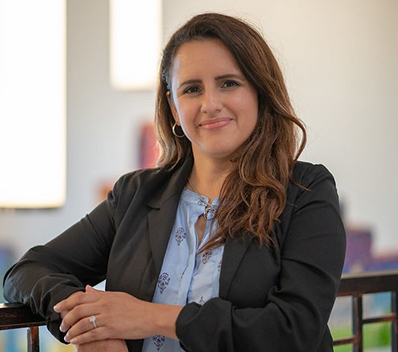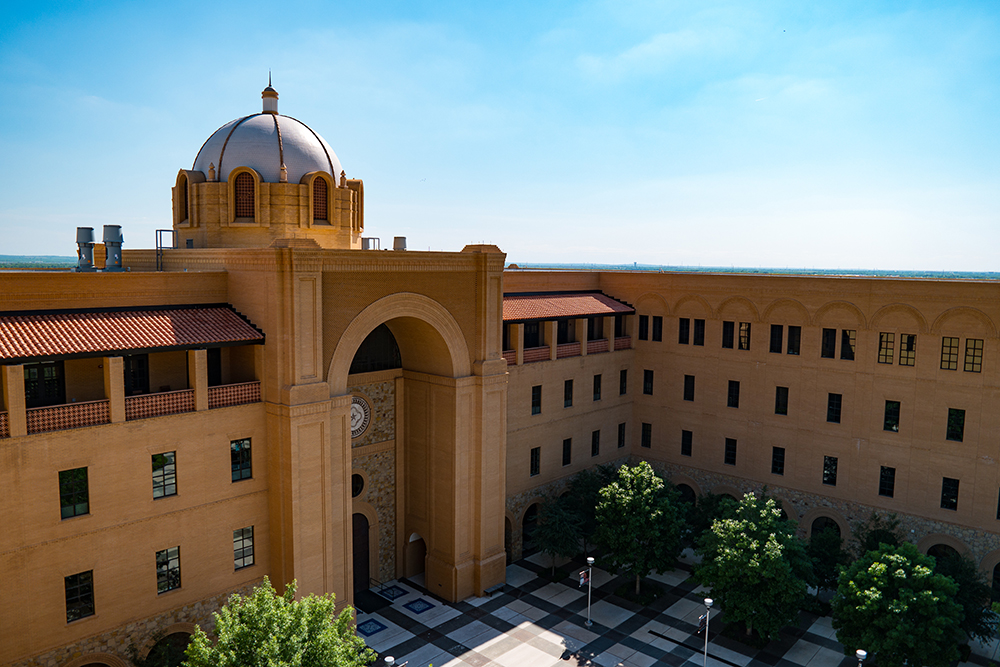About the Program
Welcome to the Bilingual Education and ESL Programs at Texas A&M University-San Antonio! Bienvenidos al Programa de la Educacin Bilinge/ESL en Texas A&M University-San Antonio!
The bilingual/ESL education faculty facilitates their students advancement in the study of theories, research, and effective pedagogical approaches in the fields of bilingual, dual language, and ESL education. The faculty in the program has extensive knowledge in bilingual and ESL education and is actively involved in teaching, developing curriculum, service-learning partnerships, engaging in research initiatives, and participating in internal and external activities that support the Universitys commitment to leadership in our communities and the global world. The bilingual/ESL Education program is excited to offer the following programs on addressing English Learners needs in the classroom for future bilingual, dual language, and ESL educators.
Mission
The mission of the Bilingual Program is committed to preparing and inspiring critically conscious Bilingual and ESL professionals to achieve academic success, bilingual and bi-literate academic proficiency, and multicultural competency through critical reflection, experiential learning, and research-based practices.
Vision
The Bilingual Program promotes a learning environment for faculty and students to engage in exemplary teaching, praxis, and research. The program grows culturally sustaining educators who advocate for students, families, and communities by honoring and respecting culturally and linguistically diverse populations.
Assessment of Spanish Proficiency Impacting Readiness Achievement (A.S.P.I.R.A.)
The bilingual program supports its candidates’ academic Spanish development in preparation for teaching in Dual Language and Bilingual Education classrooms as well as other professional settings. The A.S.P.I.R.A. (Assessment of Spanish Proficiency Impacting Readiness Achievement) is an approach to strengthening the four modalities of the Spanish language that involve speaking, listening, reading, and writing that supports expanding academic vocabulary, structure and grammar, and conventions of writing.
CATALOG 2019-2020 (AND FUTURE CATALOGS)
Steps to proceed to develop Academic Spanish Language Proficiency
Step 1: Verify Spanish proficiency for each student who must have taken or have CLEP or AP Credit up until SPAN 2311)
Step 2: Take WEBCAPE Exam (see Testing Center)* If student scores a 700 or higher, advisors will be allowed to waive SPAN 2315 Spanish for Heritage Language Speakers.* If the student scores a 699 or lower, advisors will have to enroll the student in SPAN 2315 Spanish for Heritage Language Speakers.
Step 3: Take EDBL 3307 Academic Spanish Literacy ( if SPAN 2315 was required, students need to complete the course prior to registering for EDBL 3307 ).
Step 4: Apply for EPP and ASPIRA coordinator - Interviews bilingual teacher candidates.
Step 5: Take EDBL 4318 Teaching Reading, Social Studies, and Music in the DL c classrooms (Students can take EDBL 3307 while taking this course).
Step 6: Take EDBL 4322 Teaching Math, Science, and Art in the DL classroom (Take F field 1 Residency with EDBL 4322 as a Co-Requisite)
Step 7: Take BTLPT Interactive Practice Exam
For any questions, please reach the Bilingual Program Faculty
Bilingual Program Degree Plans
Bachelor of Science Interdisciplinary Studies
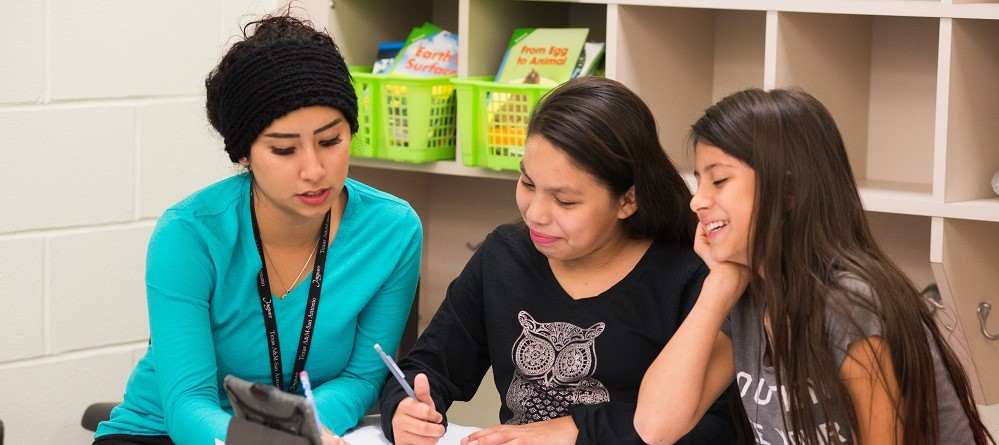
The Bachelor of Science in Interdisciplinary Studies prepares students for a career as engaged professional educators. This degree will help students across multiple disciplines preparing them for a career in education. The undergraduate program requires a minimum of 124 semester hours to complete.
Degree Plans:
Bilingual Generalist – Grades EC to 6
The bilingual generalist EC to 6 degree plan prepares students to teach in an EC-6 grade bilingual classroom, as the teacher of record for all core subjects in Spanish and English.
Bilingual Generalist – Grades 4 to 8
The bilingual generalist 4 to 8 degree plan prepare students to teach in an elementary school setting in Texas, as the teacher of record for all core subjects in Spanish and English
Program Resources
Faculty Resources
Training for Human Subjects - CITI Program –Collaborative Institutional Training InitiativeOffice of Research and Graduate Studies
A&M-San Antonio Institutional Review Board (IRB) – Forms
Student Resources
Texas Education Agency
TExES – PPR (160)
TExES - Bilingual Education supplemental (164)
TExES – BTLPT (190)
TExES – ESL (154)
TELPAS
English Language Proficiency Standards
DACA Student Resources
Undergraduate Academic AdvisingWriting Center
Mays Center – Job interview
Professional Connections in Bilingual Education and Dual Language Education
AERA: American Educational Research Association
NABE: National Association for Bilingual Education
TABE: Texas Association for Bilingual Education
SAAABE: San Antonio Area Association for Bilingual Education
LRA: Literacy Research Association
Professional Connections in TESOL
TESOL: TESOL International Association
AAAL: American Association for Applied Linguistics
CAL: Center for Applied Linguistics-Washington
IATEFL: International Association of Teachers of English as a Foreign Language
NAFSA: Association of International Educators
ESL Endorsement
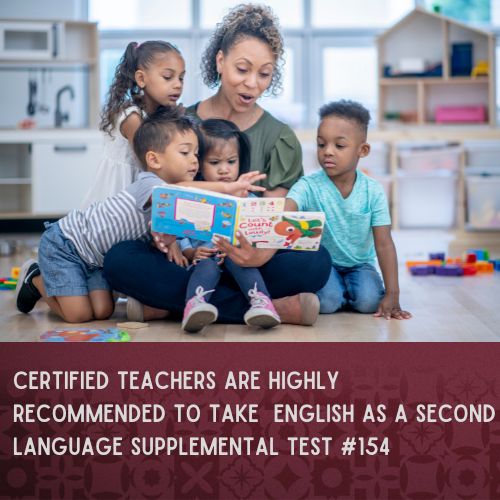
English as a Second Language (ESL) Supplemental (154)
ESL endorsement prepares licensed teachers and teacher candidates to also teach English Learners at the K-12 level. ESL is an add-on endorsement, so students need to be certificated in another area. The bilingual and ESL programs provide the following courses to gain knowledge and skills for the ESL endorsement state exam.
Course Topics
The ESL program is preparing students to teach English as a Second Language (ESL) in public schools. The growing number of English Learners (ELs) nationwide makes the ESL endorsement a practical addition to work with culturally and Linguistically Diverse populations (CLDs). The courses topics include
-
Service-learning with English Learners (10 hours)
-
Second language theories and foundations
-
Teaching methodologies
-
Culturally-relevant teaching pedagogy
-
Linguistically-accomodated teaching and learning
-
Fundamental language concepts and structure of the English language
-
Build an effective multicultural and multilingual learning environment
-
Assessment in ESL
-
Advocacy for ELs, parents, and communities
Frequently Asked Questions - ESL 154 Endorsement
Q1: I am monolingual, but I am interested in working with English learners (ELs), what exam I should take?
You will need to take the ESL Supplemental Exam (ESL-154) additionally to your degree plan. The certification allows you to work with non-English speakers to improve their reading comprehension and speaking of the English language.
Many school districts have a high percentage of ELs, and it is essential that teaching staff is equipped to meet the diverse needs of English learners. Elementary teachers who are not bilingually certified but who serve ELs in school districts are required to be ESL certified. In addition, many ELA teachers are required to be ESL certified, too.
The answer is definitely a YES! For grades Pre K-8, all teachers who serve ELs in a content-based model must be ESL certified. For an ESL Pull Out model, the ELA or Language Arts teacher must be ESL Certified to meet the linguistic needs of the ELs. Other teachers may be sheltered instruction trained. In grades 9-12, ELs may be served by ESL-certified teachers or sheltered instruction-trained teachers. ESL courses must be taught by teachers who have an English or English Language Arts Certification plus an ESL certification.
The bilingual/ESL program offered three courses to prepare students with the knowledge and skills to work with English learners (ELs) in different ESL settings. Students are recommended to take three courses:
-
EDBL 3315 Second Language Acquisition and Literacy Development
-
EDBL 3321 Methods of teaching non-English Speaking Child (Service-learning)
-
EDBL 3311 Foundation of Bilingual Education
For more information
Bilingual Education Student Organization (B.E.S.O)
ABOUT B.E.S.O
How to join?
Our membership reflects the multilingualism and multiculturalism of South Texas and provides professional opportunities for students who are interested in becoming culturally responsive leaders and bilingual educators to serve our city, state, and nation. Membership is open to all students, faculty, and other staff of the Texas A&M University-San Antonio campus. Please go to BESO - JagSync to join the organization.
Bilingual Program Faculty
Researches on the linguistic analysis between English and Chinese, computer-mediated writing, computer-mediated communication, technology-enhanced language learning, ESL teacher identity, and language acquisition,specifically in EFL and international students.

Research interests focus on biliteracy, bilingualism in multiple contexts (Home/ School), Spanish Language Arts, family literacies, Latino children's literature, and culturally relevant pedagogies for dual language learners
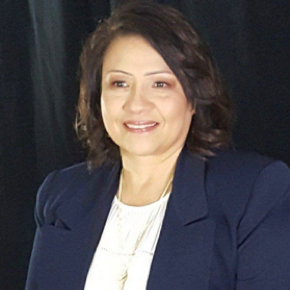
Research interests are in science education for bilingual learners, biliteracy development, bilingual teacher preparation, bilingual health education, and multiculturalism.
